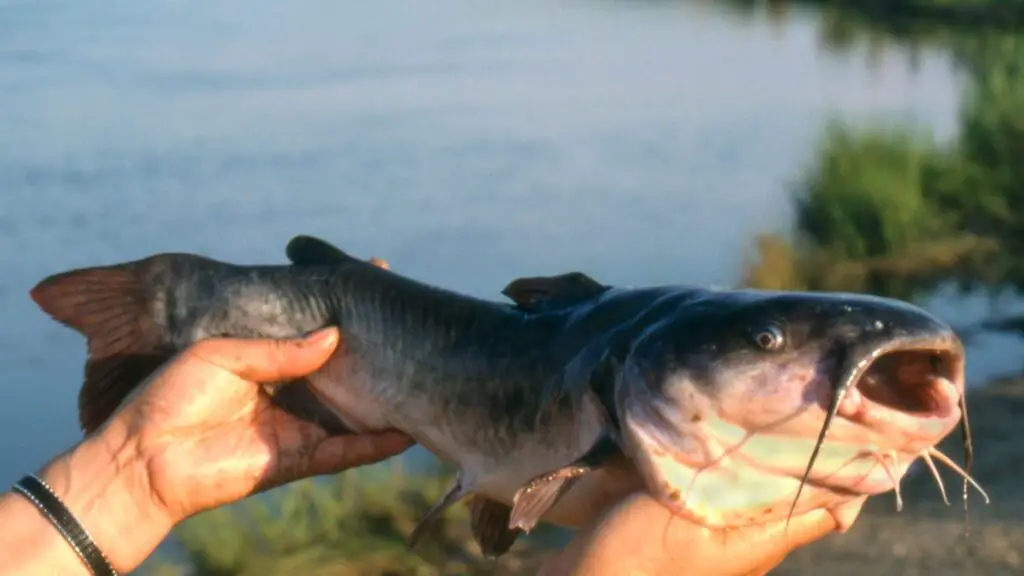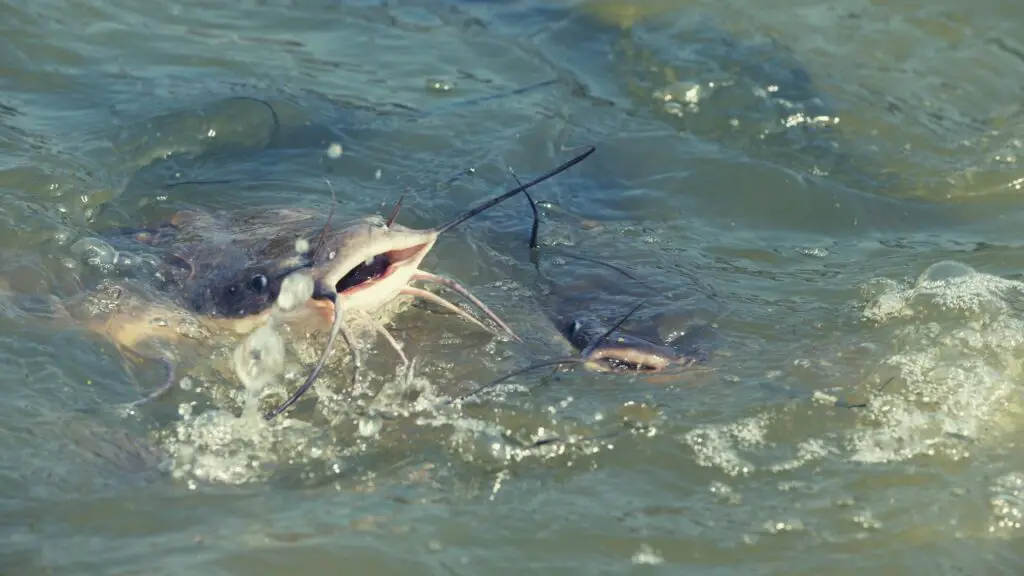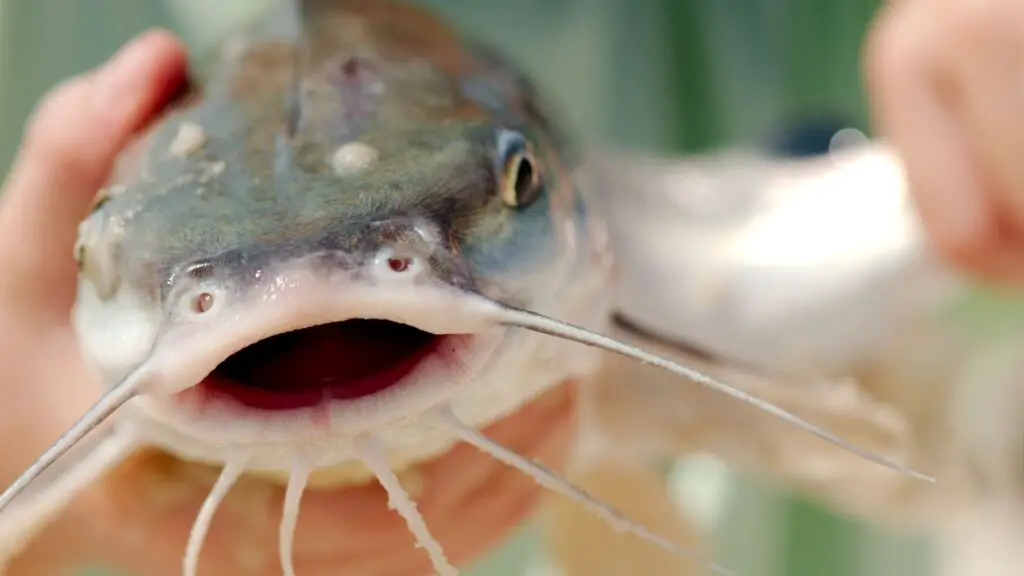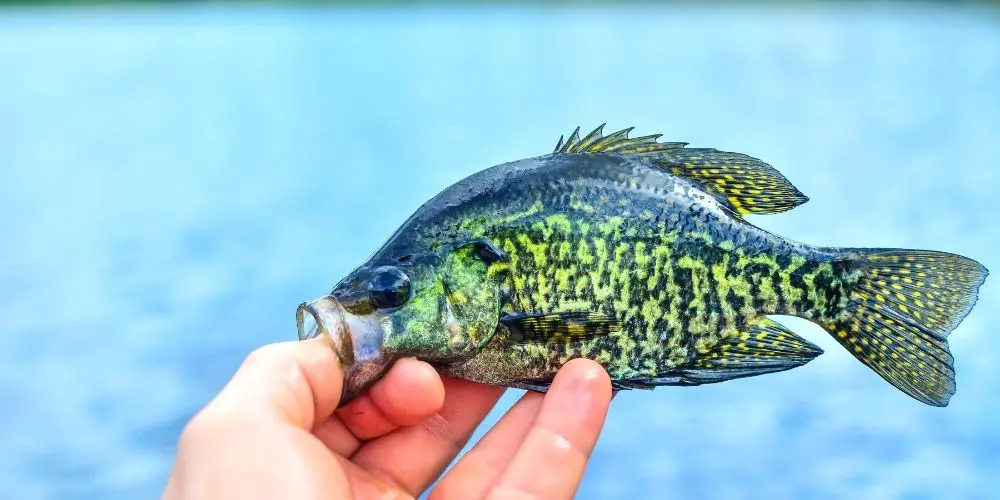Do Channel Catfish Eat Bluegill?
Do channel catfish eat bluegill? Yes, channel catfish and other species of catfish will eat bluegill if they can fit them into their mouth. Catfish are opportunistic feeders and will pick off any fish that are smaller than their mouths. It is not uncommon to see larger channels chasing and picking off smaller bluegills when they sense an easy meal. If you’re fishing in areas where both bluegill and channel catfish are present, you can use a few small bluegill as bait. This can help you target larger fish that would otherwise be difficult to catch with traditional baits.
Have you ever been fishing at your local pond and wondered if channel catfish will eat the bluegills you’ve just caught? This question is common among new anglers, who want to understand how both species interact in their environment.
In this blog post, we dive into the details of what channel catfish eat—including whether they feed on bluegill or not. We also discuss other dietary habits of these fish so that you can find out which strategies work best while targeting them!
What Kind of Feeders Are Channel Catfish?
If you think that catfish are lazy feeders, think again. These fish, which you can fish for worldwide, are aggressive predators in the waters. One of its primary prey is bluegill. Bluegill belongs to the sunfish family often found in North America.
In many places, you can find bluegill, from large rivers to small ponds and tributaries. On many occasions, catfish and bluegill live in the same habitats. Catfish have been eating bluegill for years, with many anglers using bluegill as catfish bait.
It is fun to catch catfish using live bait, especially bluegills. In some areas with overproduction of bluegill, catfish are often introduced into those waters to regulate production. Make sure to check local state laws before using bluegill as bait for catfish.

Do Channel Catfish Eat Live Bluegill?
Absolutely! For years catfish have chased bluegill in their habitat for food. If you spot a habitat with lots of bluegills, wait for it, a catfish is lurking by to swallow them up.
These two fish share the same habitat, and because catfish are bigger, bluegills are easy prey for this predator.
However, the size of catfish determines their ability to eat bluegill. Smaller catfish may not eat bluegill, but bigger channel catfish will swallow them.
Channel catfish are less aggressive and smaller than their counterpart – blue catfish. Nevertheless, they still feed on bluegills, with anglers using live bluegills to catch catfish.
Since bluegills reproduce exponentially, they can quickly overcrowd a river. In most instances, channel catfish can be introduced to keep bluegill population in check.
This means that anglers will have grown catfish to catch and few bluegills to deal with, thus providing a win-win situation.
Is Cut Bluegill Good Channel Catfish Bait?
Anglers have for many years used bluegill as bait for targeting big flathead catfish. These monsters love it when their food is whole and alive, making live bluegill ideal for catching them.
Grown catfish also adore catfish for lunch or dinner; however, they have relatively smaller mouths. This makes it challenging to swallow grown bluegills; thus, channel catfish prefer dead and cut bait to live bluegills.
Anglers also love using cut bluegills as bait for channel catfish because the cut bait releases scent and oils in the water. This draws catfish to the hook or fishing net as they follow the smell.

How Do You Catch Channel Catfish with Bluegill?
You could choose to use whole live bluegill bait for catfish fishing. In that case, you can go two ways depending on the water flow. You can circle the hook behind the dorsal fin where there is no current. However, where the waters are moving, you can hook the bluegill bait by the nose with the hook sticking upwards.
This is the method used for catching flatheads as they prefer their baits whole and alive. If your target is the big catfish, capture live bluegills and keep them alive in an aerated place and water with similar alkalinity as their habitat.
The size and type of bluegill bait you choose for catfish also depend on the size of the catfish you want to catch. Your bait should match the catfish’s mouth, making flathead catfish easy to catch with relatively large live bluegill.
On the other hand, if your target is channel catfish, you will need to choose smaller live bluegills or cut baits. This is because channel catfish have smaller mouths, making it challenging to feed on bigger bluegill bait.
The advantage is that you can easily catch bluegill alive using various methods, including trapping- if it is allowed in your area, casting nets, or using hook-and-line. To catch bluegill, you only need mealworms, small minnows, grasshoppers, corn, or worms.
If you are fishing in a pool of bluegills, you will likely catch the biggest ones, so be patient until you catch the right size for channel catfish bait.
What Do Channel Catfish Eat?
Knowing what channel catfish eat will make it easy to determine their baits or what to feed them. Some anglers argue that dip and stink baits are appropriate, while others believe that catfish fall for live baits like nightcrawlers and bluegills.
Most catfish are omnivorous and are considered opportunistic feeders. This means they are prone to eating almost anything edible presented to them, like food. However, some are carnivorous, meaning you can only catch them using meaty baits.
Channel Catfish fall under the category of opportunistic feeders. They can eat insects, small fish, or invertebrates. They can also feed on clams, snails, and mollusks. Sometimes they can also eat small mammals if they are fortunate to get hold of them.
They are not choosy, meaning they will eat their food whether dead or alive. If they lack living tissues or meat, catfish can also feed on vegetation. You will see them eat fruits and berries that find their way into their habitat. Since they can eat many things, they can easily feed and catch using any bait.
What Do Channel Catfish Like to Bite On?
Channel catfish will bite on several different types of bait from live worms, minnows, live baitfish like bluegill or perch, and even dead shad or cut baitfish. There are some other types of bait like chicken livers, blood bait, and more.
Be sure to use the right bait for the type of fish you’re trying to catch.
One popular bait that many anglers have had success with is stink bait. This can be prepared by mixing a variety of ingredients such as cheese, fish parts (like gizzards and parts from shad), garlic powder, and maybe even some hot sauce.
Be creative and experiment with different recipes for your own special concoction! If you’re fishing in murky water, consider adding a little bit of dye or fluorescent paint to the bait so that it stands out against the bottom.
Is Frozen Bluegill Good for Catfish Bait?
We have established that channel catfish does not care whether its food is dead or alive. We have also seen that since channel catfish have a smaller mouth, they prefer cut bluegill fish or small size living prey. What of frozen bluegill?
Frozen bluegill can be used as catfish bait; however, it is the least common bait used by anglers. The frozen bluegill lacks the fresh scent of cut bait that could draw catfish.
It is also challenging to keep frozen bluegill on the hook for a long since it becomes mushy. If you want to use frozen bluegill, you can dip it in a catfish attractant to provide the chunk with an additional smell for attracting them.

What Bait Is Irresistible to Catfish?
The biggest thing that really attracts catfish is the scent of the bait. This is what makes bait like chicken livers, cut bait fish, and blood bait effective. In fact, you can make your own stink bait by mixing a variety of stinky ingredients together.
The smellier the bait, the more likely that the catfish will bite. This doesn’t mean that catfish will not bite on normal baits like bait fish, live worms, and other baits but they tend to like the stinky bait more.
Frequently Asked Questions (FAQs)
Here are some of the most asked questions:
Can Catfish and Bluegill Live Together?
Yes, catfish and bluegill can live together as they commonly do in ponds, lakes, and streams but the catfish will prey on the bluegill offspring and older bluegill as a normal food source. If you are stocking your own pond or lake and you want to have a healthy population of both fish in your pond, I would recommend ordering extra bluegill as the catfish will eat a lot of the smaller bluegill.
Do Channel Catfish Eat Other Types of Fish?
Yes, channel catfish will eat other types of fish like minnows, shad, small bass, sunfish, other catfish, and pretty much any fish they can get in their mouth.
In addition to this, they will also eat crawfish, snails, frogs, clams, insects, and worms.
In Conclusion
Channel catfish will commonly eat bluegill if they have the opportunity. As opportunistic feeders, catfish will pick off small fish that can fit into their mouths. If you’re fishing in an area where both bluegill and channel catfish are present, consider using a few small bluegills as bait.
This can help you target larger fish that would otherwise be difficult to catch with traditional baits. I hope this helps you catch some bigger catfish the next time you’re out there.



